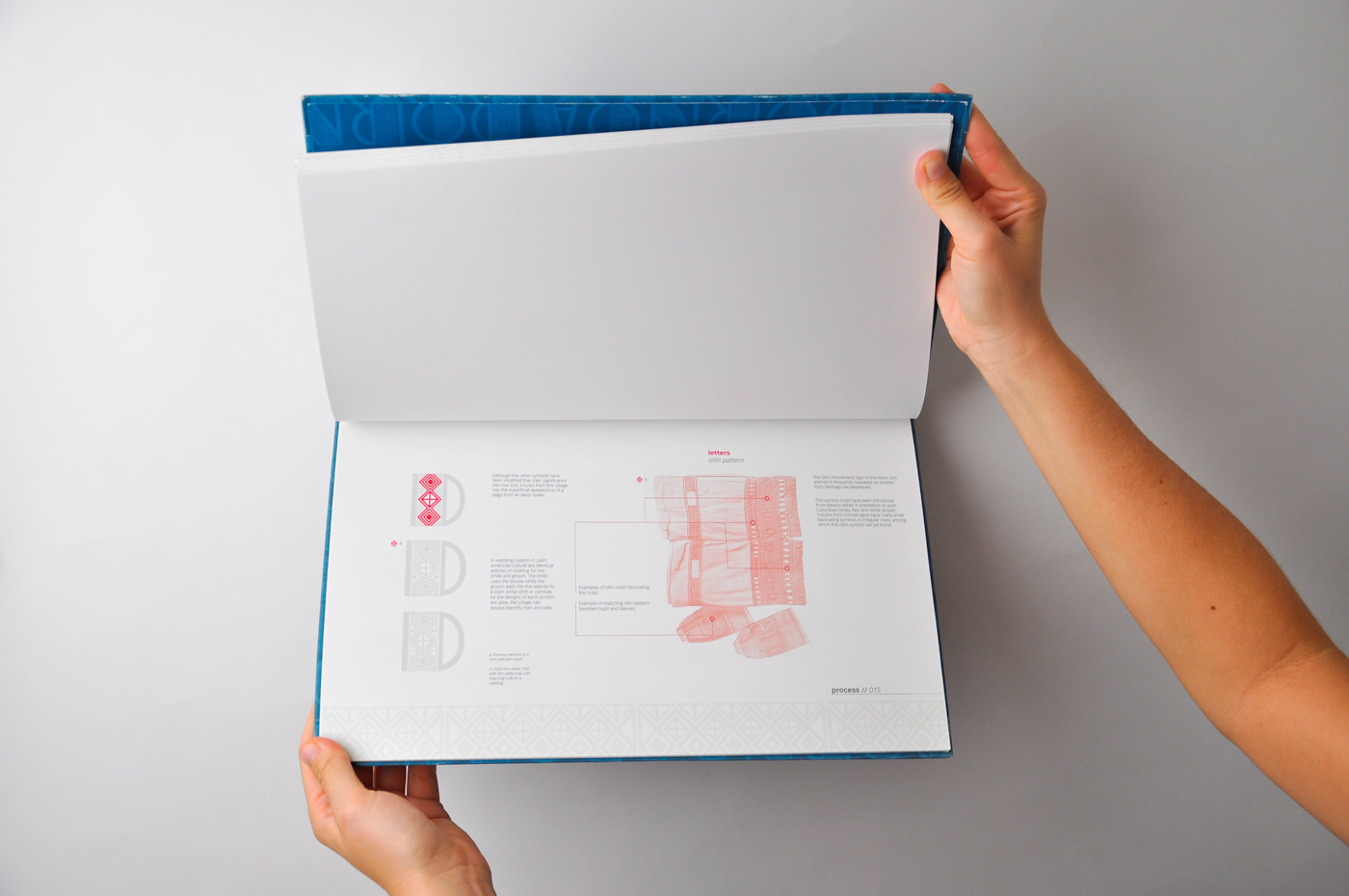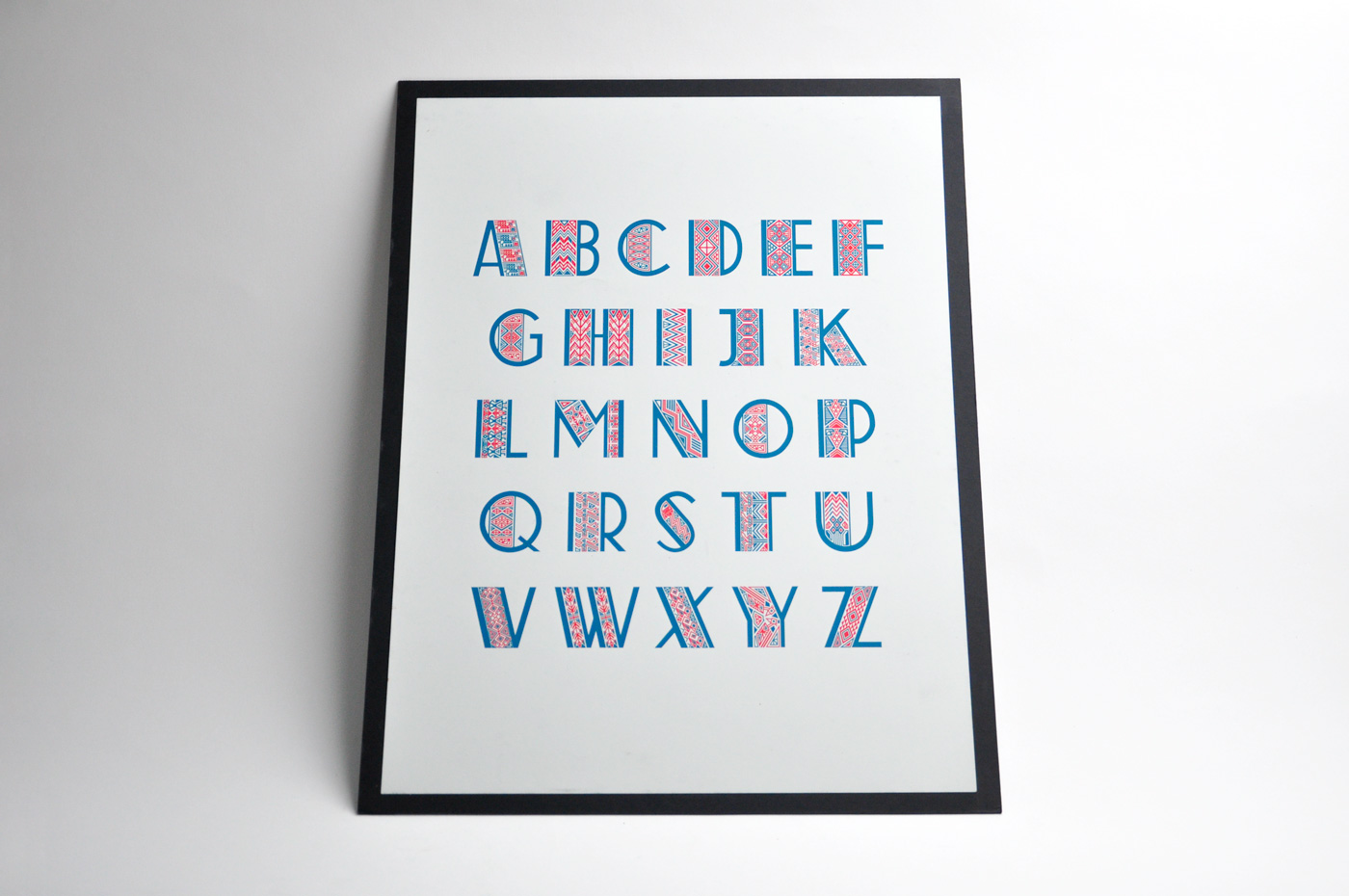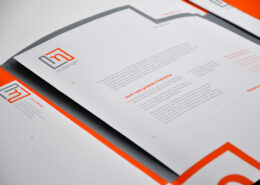ADORNO
Adorno, Spanish for ornament or detail, is an Art Deco display typeface inspired by 1920 postwar French Art Deco visual art and traditional textile designs found on the Guatemalan female blouse, Huipil. The aim was to design a vernacular alphabet, highlighting social and cultural dimensions that are particular to a country or region into a design functional and coveted.
Adorno fits within a history of Neo-grotesque extended sans serifs, known for their relatively straight features and less line width variation than humanist sans serifs. Low stroke contrast and extended proportions allow for moments of geometric glamor and ornamentation with traditional motifs; a blend of French and Central American design. Each motif and pattern speaks to important symbolism such as: weather, agriculture, birds, religion, people and more. Adorno features a laser-cut physical specimen, a typeface process book, and two posters showcasing a-z and letterforms expressing pattern.
Details
Art Deco is an influential visual arts design style that first appeared in France after WWI and began flourishing internationally in the 1920s, 1930s and 1940s before its popularity waned after WWII. Deco emerged from the interwar period when rapid industrialization was transforming culture. It is an eclectic style that combines traditional craft motifs with Machine Age imagery and materials, characterized by rich colors, bold geometric shapes and ornamentation. This distinguishes Deco from the organic motifs favored by its predecessor Art Nouveau. It represented luxury, glamour, exuberance and faith in social and technological progress.
Adorno exemplifies the traditional female garment Huipil or blouse because of its range of Mayan, Spanish, Moorish, and modern Guatemalan influences. These geometric patterns disclose information about wearer’s birthplace, social condition, preferences; portraying cultural symbols and motifs that have variety of cultural contexts. Relatable aspects can be drawn to art deco style, particularly geometry, ornamentation, and nationalism of art styles. The patterns important representation of the wearer’s physical and cultural aspects would make this display typeface good for identity systems of cultural productions.
Dimensions
Book: 14.25″ x 10.25″
Posters: 18″ x 24″
Huipil laser-cut: 17″ x 8″
Date
Student project attending the University of Hawai’i at Manoa. May, 2015 – UHM Art 466.



















